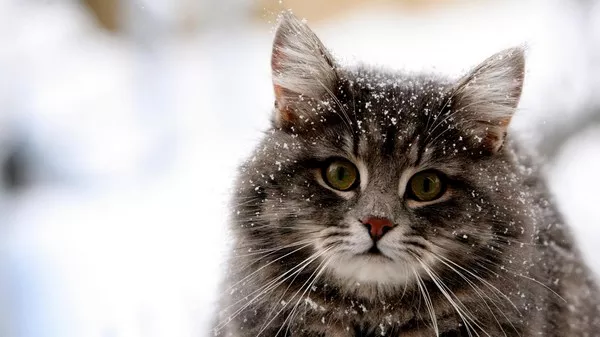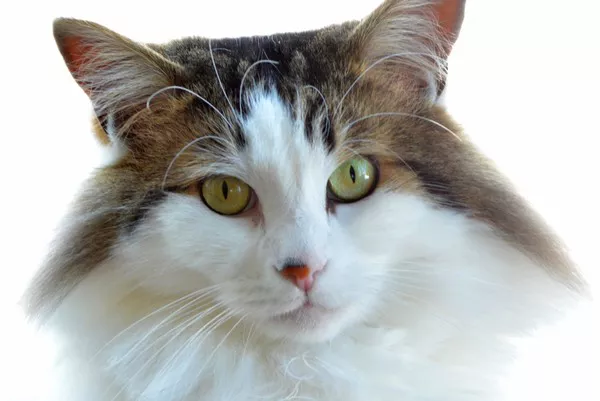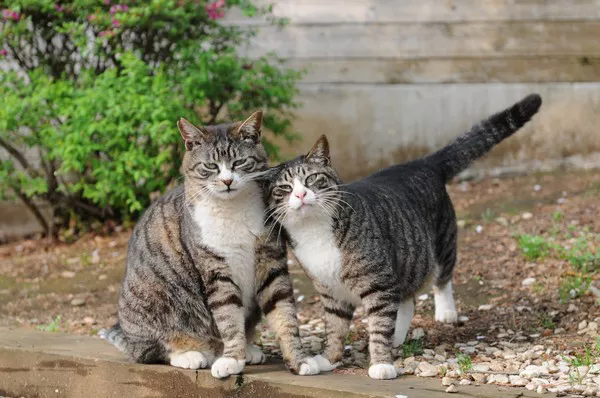Cats have long been associated with the image of enjoying a bowl of milk, often depicted in cartoons and media. However, the reality of a cat‘s dietary needs is more complex than this stereotype suggests. One question that often arises among cat owners is whether it is acceptable to give their feline companions lactose-free milk. This guide aims to explore the implications of offering lactose-free milk to cats, examining its nutritional value, potential benefits, and concerns, while also considering the broader context of feline nutrition.
Understanding Feline Digestion and Lactose Intolerance
Feline Digestive System
Cats are obligate carnivores, meaning their diet primarily consists of meat. Their digestive systems are specifically adapted to process animal proteins and fats, with a relatively low tolerance for carbohydrates. The anatomy of a cat’s digestive tract reflects this dietary requirement, featuring a shorter intestine compared to omnivores, which allows for the rapid digestion of protein-rich foods.
Lactose and Lactose Intolerance
Lactose is a sugar found in milk, composed of glucose and galactose. To digest lactose, animals produce an enzyme called lactase, which breaks down lactose into its constituent sugars. Kittens produce high levels of lactase, allowing them to digest their mother’s milk. However, as cats mature and wean off milk, their production of lactase decreases significantly. This leads to lactose intolerance in many adult cats, meaning they cannot effectively digest lactose, which can result in gastrointestinal upset, including diarrhea, vomiting, and abdominal discomfort.
Lactose-Free Milk: What Is It?
Lactose-free milk is produced by adding lactase to regular milk, breaking down the lactose into simpler sugars that can be easily digested. This process makes lactose-free milk a suitable option for individuals with lactose intolerance, including some humans and potentially some cats. However, it is essential to consider whether lactose-free milk provides any real benefits to cats and whether it is a necessary addition to their diet.
Nutritional Value of Lactose-Free Milk
Composition of Lactose-Free Milk
Lactose-free milk retains most of the nutrients found in regular milk, including:
Proteins: Essential for growth, tissue repair, and overall health.
Fats: Provide energy and support various bodily functions.
Vitamins and Minerals: Includes calcium, vitamin D, and B vitamins, all of which contribute to bone health and metabolic processes.
Is Lactose-Free Milk Beneficial for Cats?
While lactose-free milk contains beneficial nutrients, it is important to assess whether these benefits outweigh the potential drawbacks of introducing a non-meat-based food into a cat’s diet.
Hydration: Cats primarily obtain their hydration from their food, particularly if they consume wet food. Offering lactose-free milk can provide additional hydration, but it should not replace fresh water.
Calcium: While calcium is vital for bone health, most cats receive adequate calcium from a balanced diet that includes meat and commercially prepared cat food.
Taste Preference: Some cats may enjoy the taste of lactose-free milk, which can be used as an occasional treat. However, it should not replace regular meals or be relied upon as a significant dietary component.
Potential Risks of Feeding Lactose-Free Milk to Cats
Gastrointestinal Issues
Even though lactose-free milk does not contain lactose, some cats may still experience gastrointestinal upset due to other components in milk or due to their unique digestive systems. Symptoms may include:
- Diarrhea
- Vomiting
- Gas
- Abdominal pain
Nutritional Imbalance
Introducing lactose-free milk into a cat’s diet can lead to nutritional imbalances if it becomes a regular part of their meals. Cats require a diet high in animal protein, and excessive consumption of non-meat products can dilute the nutritional quality of their diet.
Weight Gain and Obesity
Milk, including lactose-free varieties, contains calories and fat. Regularly offering milk as a treat could contribute to weight gain, especially in less active cats. Obesity is a significant health concern in felines, leading to numerous health issues, including diabetes, arthritis, and heart disease.
Alternatives to Lactose-Free Milk
If you are considering offering a creamy treat to your cat, there are several alternatives that cater to their dietary needs without the potential drawbacks of lactose-free milk:
Cat-Specific Milk Products
Many pet stores offer specially formulated “cat milk” that is lactose-free and designed specifically for feline consumption. These products often contain added nutrients beneficial for cats and may be a safer option than regular lactose-free milk.
Broths and Soups
Low-sodium chicken or beef broth can be an appealing alternative to milk. Cats often enjoy the flavor, and it can provide hydration without the risks associated with dairy products.
Water
The best option for hydration remains fresh, clean water. Encouraging your cat to drink enough water is crucial for their overall health, particularly for those that primarily eat dry food.
Conclusion
In summary, while lactose-free milk may be safe for some cats, it is not a necessary addition to their diet. Cats are obligate carnivores, and their nutritional needs are best met through a diet rich in animal proteins and fats. Offering lactose-free milk can be a treat on occasion, but it should not replace fresh water or a balanced diet. As with any dietary change, it is essential to monitor your cat for any adverse reactions and consult with a veterinarian if you have concerns about their diet or health.
Ultimately, the decision to offer lactose-free milk should be made with careful consideration of your cat’s individual health needs and preferences. By focusing on a well-rounded diet and providing occasional treats that align with their nutritional requirements, you can ensure your feline companion remains healthy and happy.
Related topic:



























